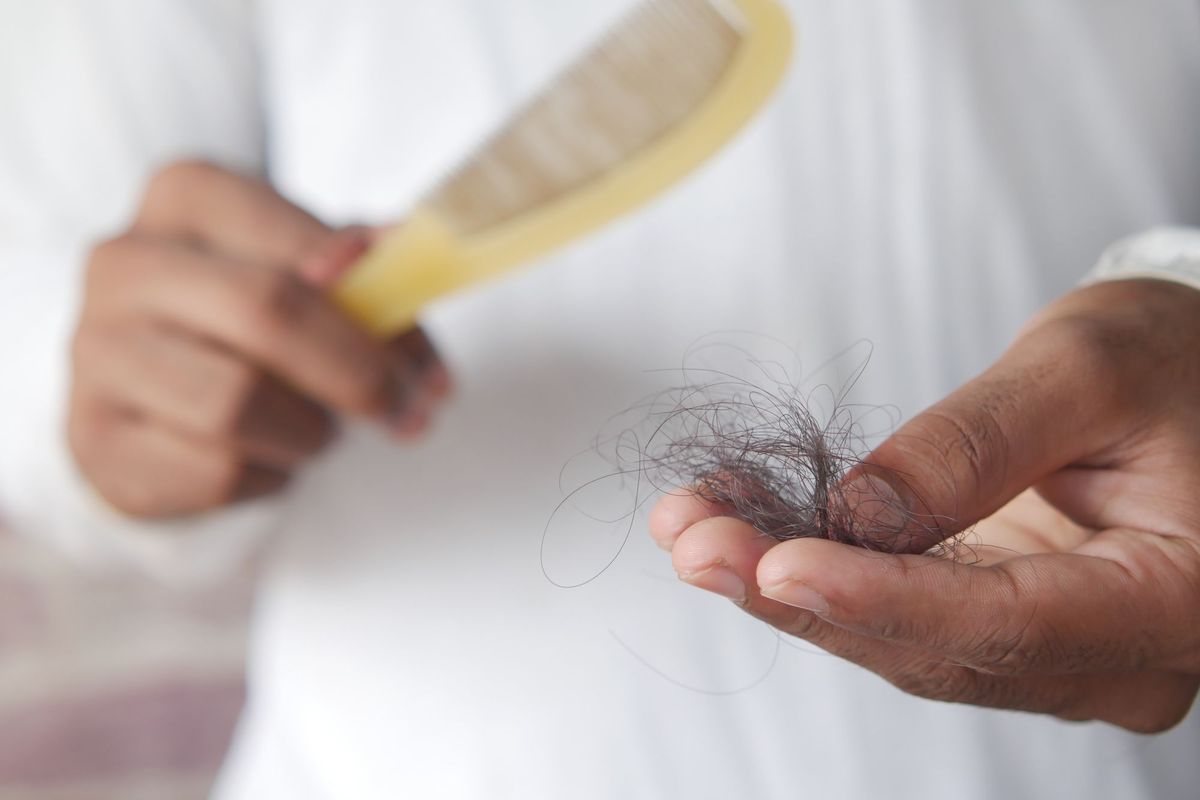Alopecia Areata Treatments

Alopecia areata is an autoimmune disorder that causes patches of hair loss on the scalp. The patches are surrounded by "exclamation points" or short, broken hairs. Sometimes, you don't even experience a rash on the affected area, but you may feel a tingling or burning sensation. Treatment options and genetics are discussed in this article. Read on for more information. We've rounded up some of the most common treatments for alopecia areata.
Symptoms
Although no single cause of alopecia areata has been determined, researchers know that it's more common in people with certain diseases. Individuals with certain autoimmune disorders, such as vitiligo, may have a higher risk. Individuals with certain allergies and autoimmune diseases may also develop the condition. People suffering from emotional stress or illness may also develop the disease. People with a family history of autoimmune disorders are at higher risk of developing alopecia areata.
People with alopecia areata usually experience patchy loss of hair that continues for a while. Patches may regrow in affected areas. As much as 14% of people with alopecia areata suffer from symptoms. In addition to hair loss, other signs of alopecia areata can manifest in the nails. For example, some people may notice changes in their nails, including white spots or dents. Other common symptoms include hair thinning and loss of shine.
Causes
The main cause of the alopecia area is a misguided immune system attack, which damages hair follicles. This is called autoimmunity, which occurs when the immune system targets specific body tissues abnormally. In biopsies from affected skin, immune lymphocytes penetrate the hair bulb. Ultimately, this results in the loss of hair. If you suffer from this condition, you should see a dermatologist.
The main symptom of alopecia areata is a sudden loss of hair in patches, typically on the scalp. Still, it can also affect other areas, including the face, eyebrows, eyelashes, beard, and more. Symptoms of alopecia areata vary, and recovery is unpredictable. Some individuals experience periodic bouts of alopecia areata, while others experience it repeatedly.
Treatments
While there are currently no FDA-approved medications for alopecia areata, many pharmaceutical companies are developing new medicines to treat the condition. Although there are no approved treatments, several promising candidates are in development. Despite this, current treatments are not effective for everyone. For some, topical treatments are the best option for alopecia areata. However, they aren't without their drawbacks.
Typically, alopecia areata begins with bald patches on the scalp. These patches can be circular or diffused and may also affect other body areas. In some people, the hair regrowth begins with fine, white hair that gradually thickens and returns to its original color. In addition, some people experience small pits in their nails. Treatment options for alopecia areata can range from topical creams to surgical procedures.
Genetics
Alopecia areata is a hereditary disorder with complex inheritance patterns. It has been found that first-degree relatives of patients with the disorder have a 10-fold increase in risk. In addition, this condition is highly hereditary, and identical twins share a 55 percent chance of developing the condition. While this type of genetic disorder is relatively rare, the genetics of the disorder have been unraveled to a significant extent.
Genome-wide scans have revealed regions in the genome that co-segregate with the disease in a sample of AA patients. This research has provided compelling evidence that AA is polygenic. Further, it has been shown that the gene TP53A1 is associated with autoimmune hypothyroidism. Hence, genetic research into the disease continues. However, despite the newfound insight, more work is needed to determine the disorder's underlying cause.




